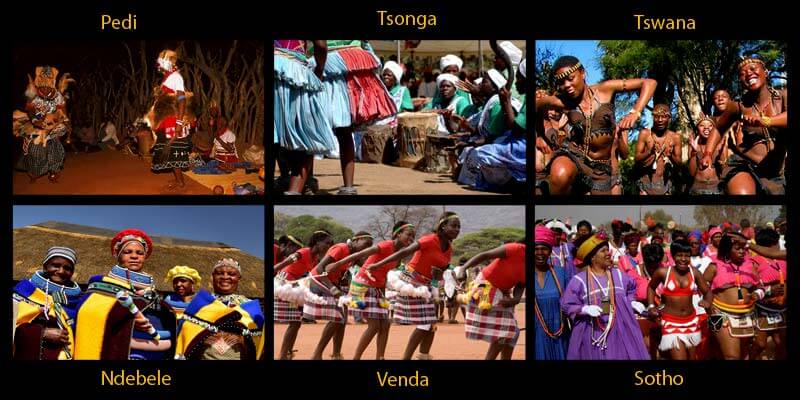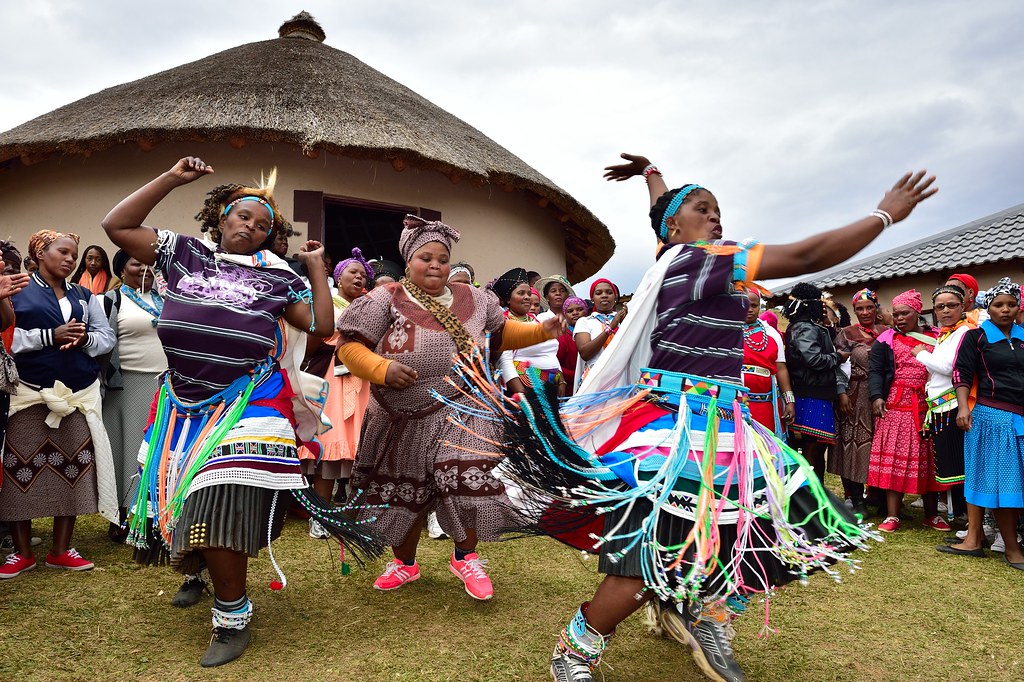Rumored Buzz on South African Culture Today
Rumored Buzz on South African Culture Today
Blog Article
Our South African Culture Today PDFs
Table of Contents3 Easy Facts About South African Culture Today DescribedSome Known Details About South African Culture Today The Best Guide To South African Culture TodayIndicators on South African Culture Today You Should KnowSouth African Culture Today - Truths10 Simple Techniques For South African Culture Today
This follows with vocal singing and drum pounding. The couple after that consult with the seniors and discuss the value of their union. A matter of relevance in Zambian villages is the passing away of loved ones. All members of the village placed money, time and effort together for the funeral of the deceased.Music and dance is a really vital element of the Zambian society. The different tribal units have their own dancing types; nonetheless, makishi is common among all tribes.
The Ultimate Guide To South African Culture Today
When it comes to songs, drums are made use of one of the most, with a selection of drumming ceremonies. In Zambia, bulk of individuals are Christian; Protestant and Roman Catholic. There are small groups of Muslims and Hindus, with the remainder adhering to local native tribal ideas.

South African heritage and society is greatly varied, and includes several teams of people who each have their very own traditions and ideas. Having such a diversity of individuals and cultures is what makes South Africa so special. In real sense of the expression, we are a rainbow country.
South Africa has around 3 hundred thousand Portuguese people residing in it. Making it the 7th on the listing of nations with the most Portuguese people in it beyond Portugal. Portuguese is not only a society, but it is likewise a language and a citizenship. Portuguese people stem from the nation of Portugal in Europe, nonetheless, as a result of Portugal (like several other countries in Europe) discovering the world and dominating various other countries throughout the 15th 20th centuries, South Africa has what we call Portuguese South African's living in it.
An Unbiased View of South African Culture Today
Among the popular functions of the topography is a plateau that covers virtually 2 thirds of the center of the country. The plateau complex climbs towards the southeast, where it culminates in the Drakensberg variety, component of a cliff that divides the plateau from the seaside areas. The Drakensburg includes Sparkling wine Castle, the greatest peak in the country.
The region north of the Witwatersrand, called the bushveld, inclines downward from eastern to west towards the Limpopo River, which creates the global boundary. The western section of the plateau, the middleveld, additionally descends in the direction of the west and varies in altitude between the highveld and bushveld. Between the Drakensburg and the eastern and southern coast, the land comes down to the sea.
Nearer the coast there is a low-lying plain called the eastern lowveld. Southwest of the plateau the nation comes to be progressively much more arid, paving the way to the hostile desert of the Great Karroo, approached the eastern by the lower, better sprinkled plateau of the Little Karroo. Dividing the dry southerly inside from the sandy coastal of the southern coast and West Cape is another range, the Langeberg.
The smart Trick of South African Culture Today That Nobody is Talking About
The country's racially, ethnically, and politically separated background has created national and subnational signs that still operate as icons of the country, and others icons that are approved just by particular groups. The monoliths to white inhabitant occupation and political dominance, such as the Afrikaner Voortrekker ("pioneer") Monument in Pretoria and the Rhodes Monolith recognizing the British colonial empire contractor and Cape prime minister Cecil Rhodes, stay sectarian symbols.
The very first modern-day occupants were the San ("bushman") hunter-gatherers and the Khoi ("Hottentot") individuals, that rounded up animals (South African culture today). The San might have existed for hundreds of years description and left proof of their presence in countless old cave paints ("rock art"). Bantu-speaking clans that were the ancestors of the Nguni (today's amaZulu, amaXhosa, amaSwazi, and vaTsonga peoples) and Tswana-Sotho language teams (today's Batswana and Southern and Northern Basotho) moved below east Africa as very early as the fifteenth century

Both previous republics of the Orange Free State and Transvaal (South African Republic) were developed by Afrikaner inhabitants who beat and dispossessed the Basotho and Batswana. Lesotho would have been forcibly incorporated into the Orange Free State without the expansion of British security in 1869. The utmost unification of the nation arised from the South African War (18991902) between the British and both Afrikaner republics, which decreased the nation to destroy at the beginning of the twentieth century.
Afrikaners historically considered themselves the just true South Africans and, while granting complete citizenship to all homeowners of European descent, rejected that standing to people of color up until the democratic change of 1994. British South Africans retain a feeling of cultural and social connection to Great Britain without damaging their identity as South Africans.
6 Easy Facts About South African Culture Today Shown
The variety and fragmentation within ethnic groups and the balance of stress between those groups during the twentieth century prevented interethnic civil conflict. While intergroup tensions over sources, privileges, and political supremacy remain, those disputes are as likely to pit Zulu against Zulu as Zulu versus Xhosa or African versus Afrikaner.
From colonial India, British merchants and managers brought the bent metal decorative roof coverings and slender shoelace job pillars that still typify the outdoor patios of homes in communities and cities throughout the country. Holy places add an essential architectural facet even in the smallest towns. In enhancement to the rising steeples this website and timeless stonework of Afrikaans Dutch Reformed churches, Anglican churches, synagogues, mosques, and Hindu shrines offer selection to the religious building scene.

Slaughtering and the developing of standard grain beer are important in safeguarding the participation and a good reputation of the forefathers who are considered the guardians of good luck, check out this site prosperity, and health. Indian areas keep their native culinary customs and apply them on Islamic and Hindu routine and ritualistic events. Afrikaners and Coloured individuals gather at weekends and special occasions at multifamily barbeques called braais, where neighborhood bonds are reinforced.
Because this was the key economic enterprise of both black Africans and white colonists, dispute between those teams fixated the ownership of grazing land and livestock. In 1867, the largest diamond deposits in the globe were uncovered at Kimberley in the west main location. The wealth from those fields assisted finance the exploitation of the best gold reef worldwide, which was discovered on the Witwatersrand in 1886.
Indicators on South African Culture Today You Need To Know
This resulted in misunderstandings and deliberate misstatement in the dealings of white inhabitants and federal government officials with African principals throughout the early american duration (South African culture today). In the facility of African reserves, some aspects of common and chiefly "tribal trust fund" land period were protected, and even in white backwoods, forms of public period were still practiced in areas with African areas
After the autonomous change of 1994, programs for land restitution, redistribution, and reform were instituted, however progress has actually been slow-moving. The white minority still regulates eighty percent of the land. Following farming land invasions in Zimbabwe, the Department of Land Affairs has pledged to speed land redistribution.
Report this page